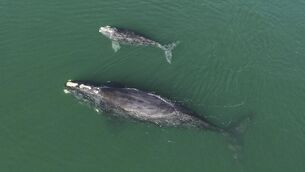Demand for ejiao has soared — which is bad news for donkeys

There are expected of be 14 million fewer donkeys alive worldwide 15 years from now. Picture: iStock
‘The bridge of asses’, the famous geometry theorem, defeated many a pupil. Most unfairly, children unable to grasp it were dismissed as ‘dunces’. Even the ‘law’, despite its majesty, can be ‘an ass’. The American expression, ‘a pain in the ass’, refers to the back passage. But the name has an ancient lineage; ‘asimus’ is the Latin for ‘donkey‘. It also meant ‘blockhead’ in Roman times.
‘The Devil’s walking parody on all four-footed things’ is a much maligned creature. The world’s first beast of burden, domesticated five to seven thousand years ago, it changed the course of civilisation, even helping to build the pyramids of Egypt. On Palm Sunday, Christ called for a ‘colt’, a young ass, to ride into Jerusalem. Columbus took six donkeys with him on his second voyage to the New World.







